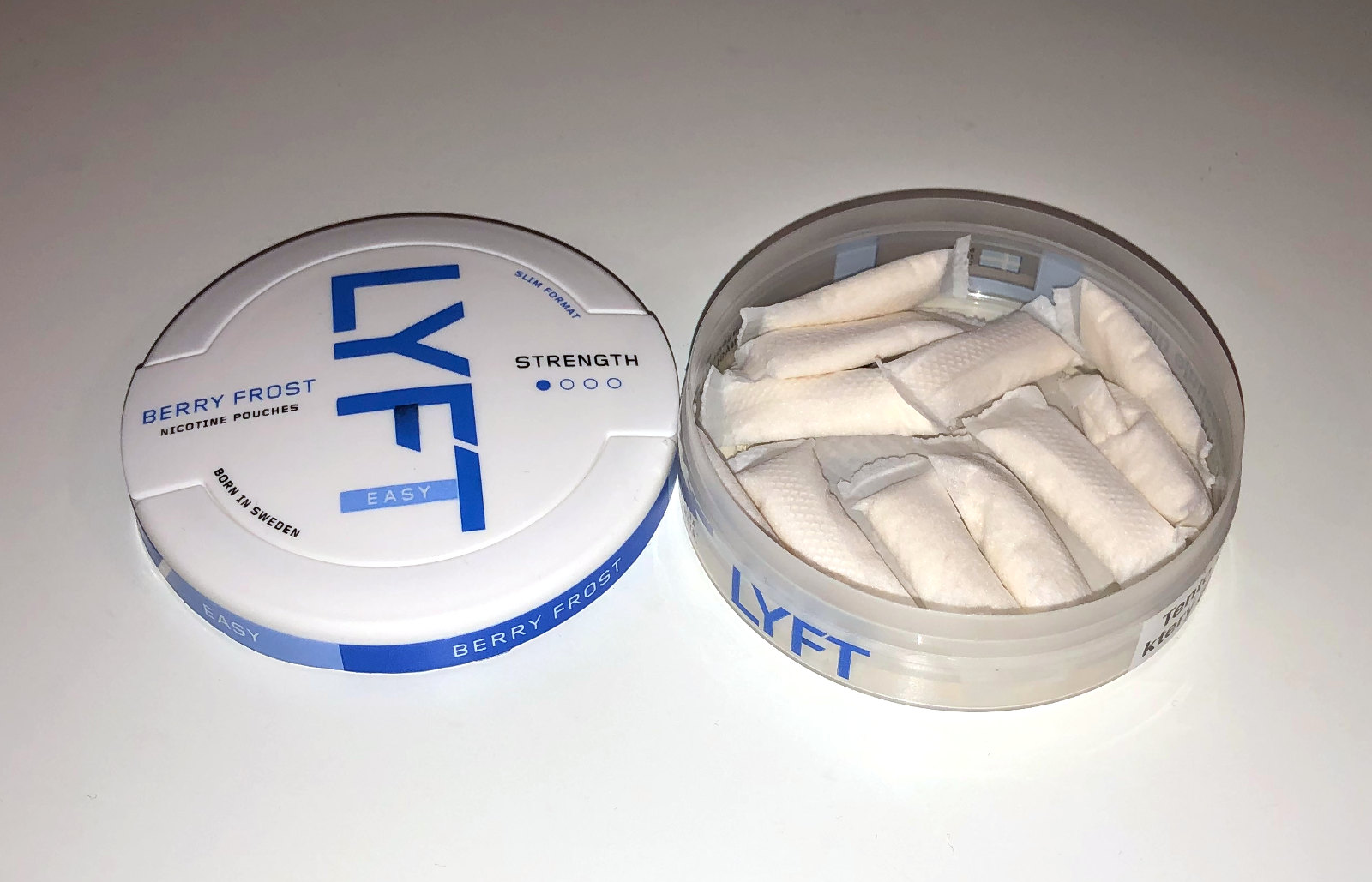The number of young children in the US reportedly poisoned by eating nicotine pouches surged between 2020 and 2023, according to a recent investigation on nicotine poisoning by pediatricians from the US Nationwide Children's Hospital.
The pouches, also known as 'white snus', usually contain nicotine powder with added sweeteners and flavors. They are designed to be tucked between the lip and gum so that the drug is gradually released into the user's bloodstream.
US poison centers only began tracking nicotine pouch ingestion as a specific source of poisoning in 2020. Yet in the following three years the rate of reported cases of children younger than 6 eating nicotine pouches increased by 763 percent.
This massive rise is especially concerning given that white snus was 1.5 times more likely to result in serious medical outcomes, and twice as likely to result in a hospital admission, than ingestion of other nicotine products such as gum or liquid nicotine for electronic vaporizers, known as e-liquids.
Related: 'Popcorn Lung': Vapers at Risk of Irreversible Disease, Experts Warn
"Nicotine pouches are a serious and growing toxic ingestion hazard among young children," says medical director of the Central Ohio Poison Center Hannah Hays, who worked on the study.
"The rapid increase in the number and comparative severity of nicotine pouch ingestions is a reminder of the public health challenges of the changing nicotine product market. This is why we need to continue ongoing surveillance and increase our efforts to prevent nicotine ingestions among young children."
The study encompassed 134,663 cases of any kind of nicotine ingestion among young children reported to US poison centers between 2010 and 2023. Most of these ingestions occurred at home among children younger than 2 years.
It also revealed the serious risks e-liquids pose to young children, with a similar proportion of serious medical outcomes as the nicotine pouches. The study details the tragic deaths of two young boys – 12 months and 17 months old – who, in separate instances, died after ingesting nicotine liquids designed for use in vapes.
Thankfully, the study also revealed that since legislation introduced in 2015, nicotine ingestion rates among young children have decreased overall.

"This abrupt change in the rate trend for liquid nicotine ingestions corresponded with the passage of both state and federal legislation, including the Child Nicotine Poisoning Prevention Act of 2015, which required child-resistant packaging of liquid nicotine," says pediatrician Gary Smith from Nationwide Children's Hospital.
"This suggests that legislation can make a difference. However, despite this improvement, the ingestion rate for liquid nicotine remained higher than the rates for any other nicotine product, which clearly indicates that there are opportunities for further improvement."
Short of keeping homes nicotine-free, the researchers advise that people who live or spend time with children should store any nicotine products in a locked container, or at the very least, far out of sight and out of reach.
They also recommend using them out of children's sight, especially if they look like treats as colorful vapes, mint tin-like pouch containers, and nicotine chewing gum often do.

"Characteristics of these products, such as size, appearance, smell, flavor, and packaging, may increase their attractiveness and likelihood of ingestion by a young child," the authors write.
"Flavor options have proliferated, and many oral nicotine products resemble common food items, allowing them to be easily mistaken for food or candy by young children."
Smith suggests tighter restrictions on flavors, branding and packaging could make nicotine products less appealing to children.
"Banning flavors in all nicotine products helps reduce unintentional ingestions by young children as well as discourage use among teens," he says.
The research was published in Pediatrics.
